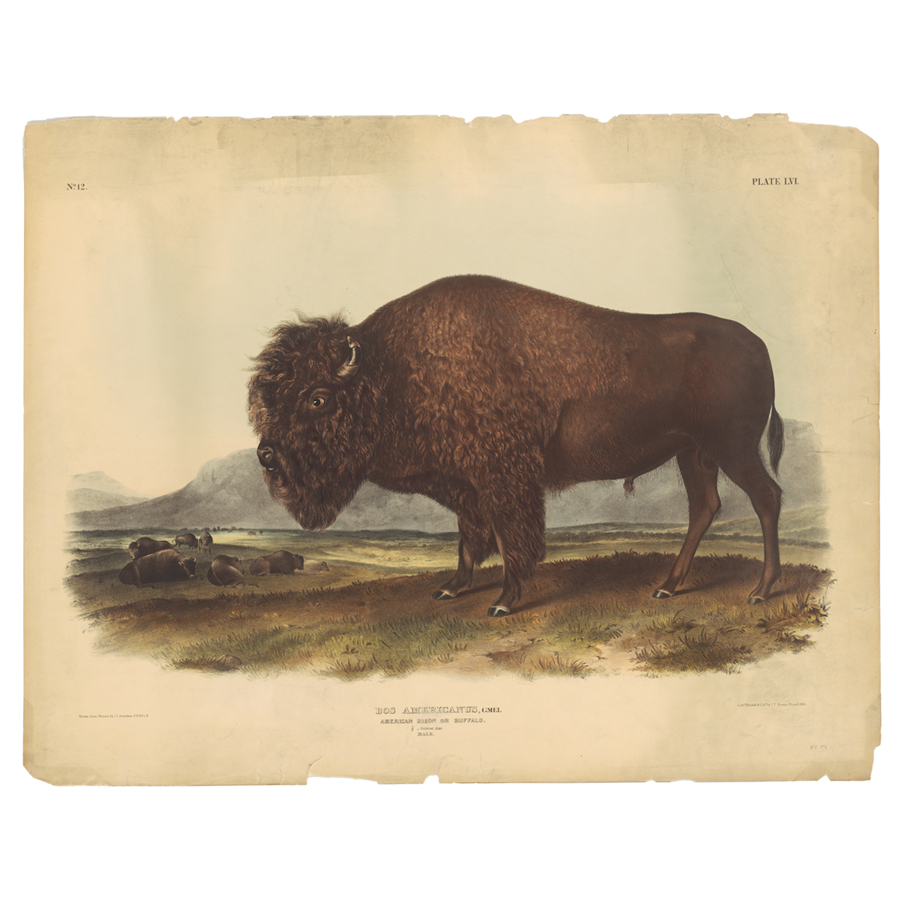Revisiting Audubon: An American Naturalist
John James Audubon (1785-1851) and his work, The Birds of America (1827–1838), hold a special place in the canon of Art History. His artistic vision led to one of the most significant ornithological publications that launched his career.
John James Audubon was born in Saint-Dominique, present-day Haiti, to Captain Jean Audubon and a young woman named Jeanne Rabine. Unfortunately, Audubon’s biological mother passed shortly after giving birth, and the illegitimate boy was taken to France, where he was raised and adopted by Captain Audubon’s wife. At 18, John James headed for America to manage his father’s property, Mill Grove, in Pennsylvania. It was there he met his future wife, Lucy Bakewell. Following their wedding and the births of their two sons, they moved to Kentucky. Unfortunately, he was met with several business venture failures, bankruptcy, and even debtors’ prison, before succeeding at his most significant endeavor, The Birds of America.
Initially, The Birds of America received conflicting critiques from different groups. In the artistic community, Audubon’s meticulous renderings of species were met with negative comments, while the scientific community saw the birds as too fanciful.
While Audubon’s influence in the fields of ornithology and fine art are substantial, it is important to confront the flawed aspects of this historical figure. Audubon’s father participated in the Triangular Trade by transporting enslaved individuals and benefited financially from the unethical treatment of those enslaved people. Audubon himself also enslaved people and economically benefited from their enslavement.
Selected Works

John James Audubon, The Birds of America, Plate 151, Turkey Buzzard, 1832

John James Audubon, The Birds of America, Plate 32, Black-billed Cuckoo

John James Audubon, The Viviparous Quadrupeds of North America, Plate 112, California Hare, 1847

John James Audubon, The Viviparous Quadrupeds of North America, Plate 56: American Bison or Buffalo, 1845